During excavations in Chernihiv, archaeologists accidentally came across defensive structures from the times of Kyivan Rus (photo)
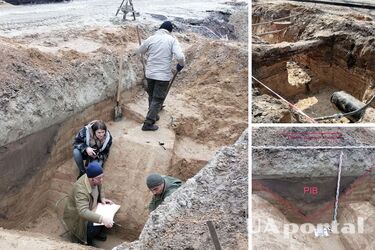
In Chernihiv, during the reconstruction of the water main on the street, Lubetskyi excavated an ancient moat - a "Suburb of ancient Chernihiv". It was dug during the times of Kyivan Rus.
Archaeologist Ihor Ignatenko reported on this find on Facebook. According to him, this is part of the defensive line constructions created when "Chernihiv reached the peak of its power."
"It probably happened in the first half of the 12th century. The princely feud of the middle of the 12th century, which turned into a civil war, slowed down the development of Chernihiv. The troubles that overtook our region in the following 13th century - the Mongol invasion, pandemics, and changing climate, turned Chernihiv into a small town. And only in the 19th century did Chernihiv cross the boundaries of ancient buildings," the researcher wrote.
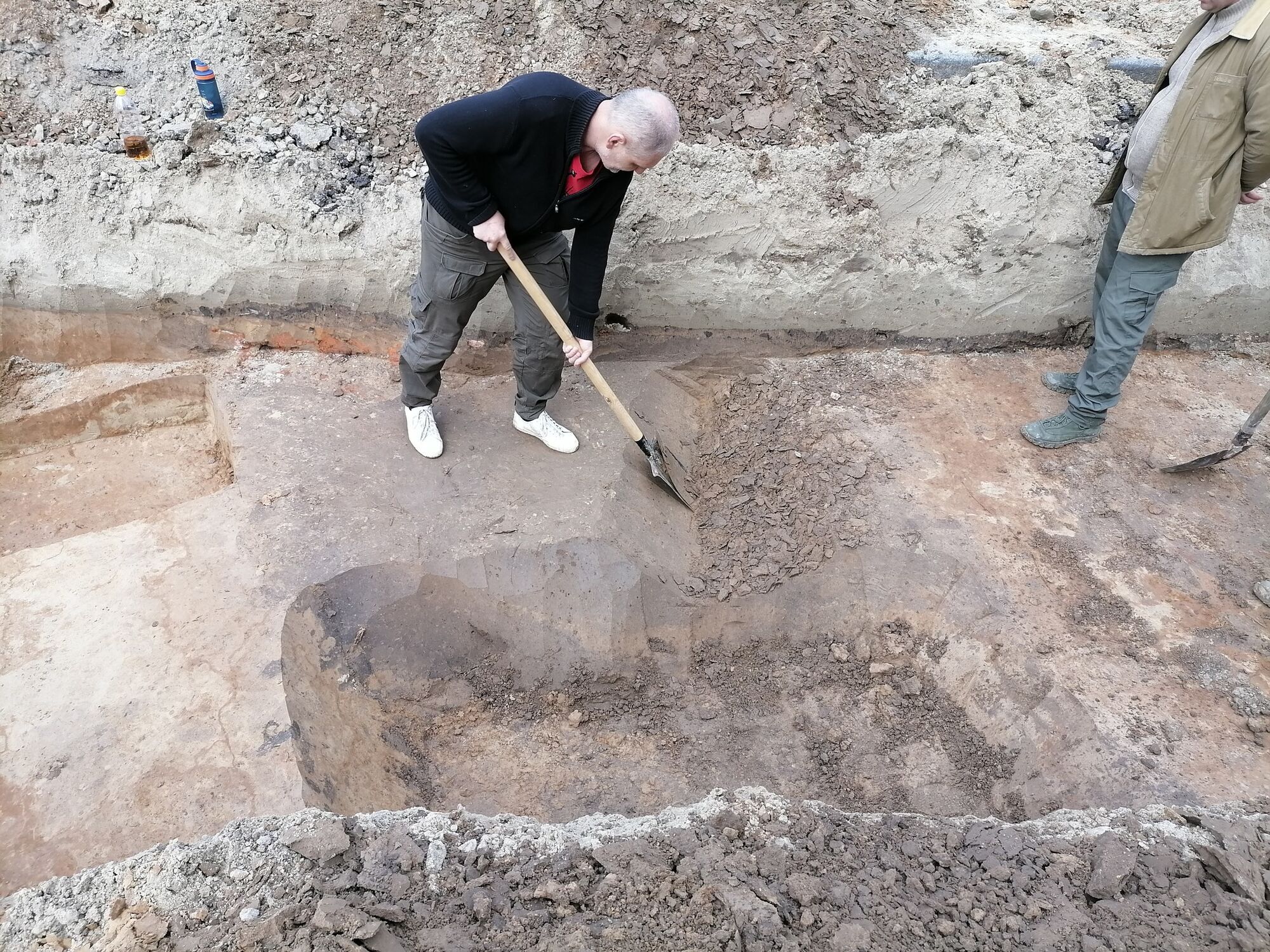
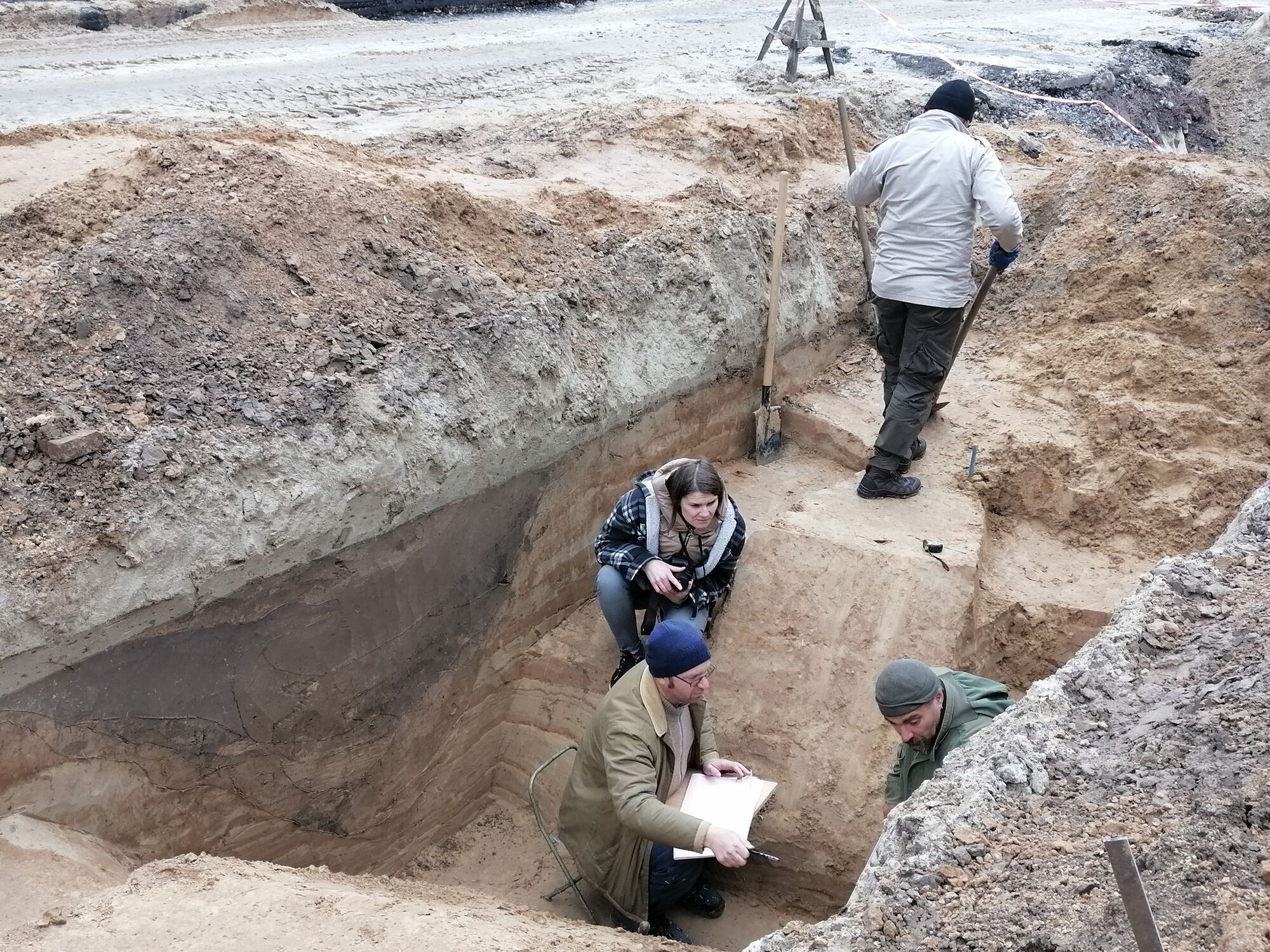
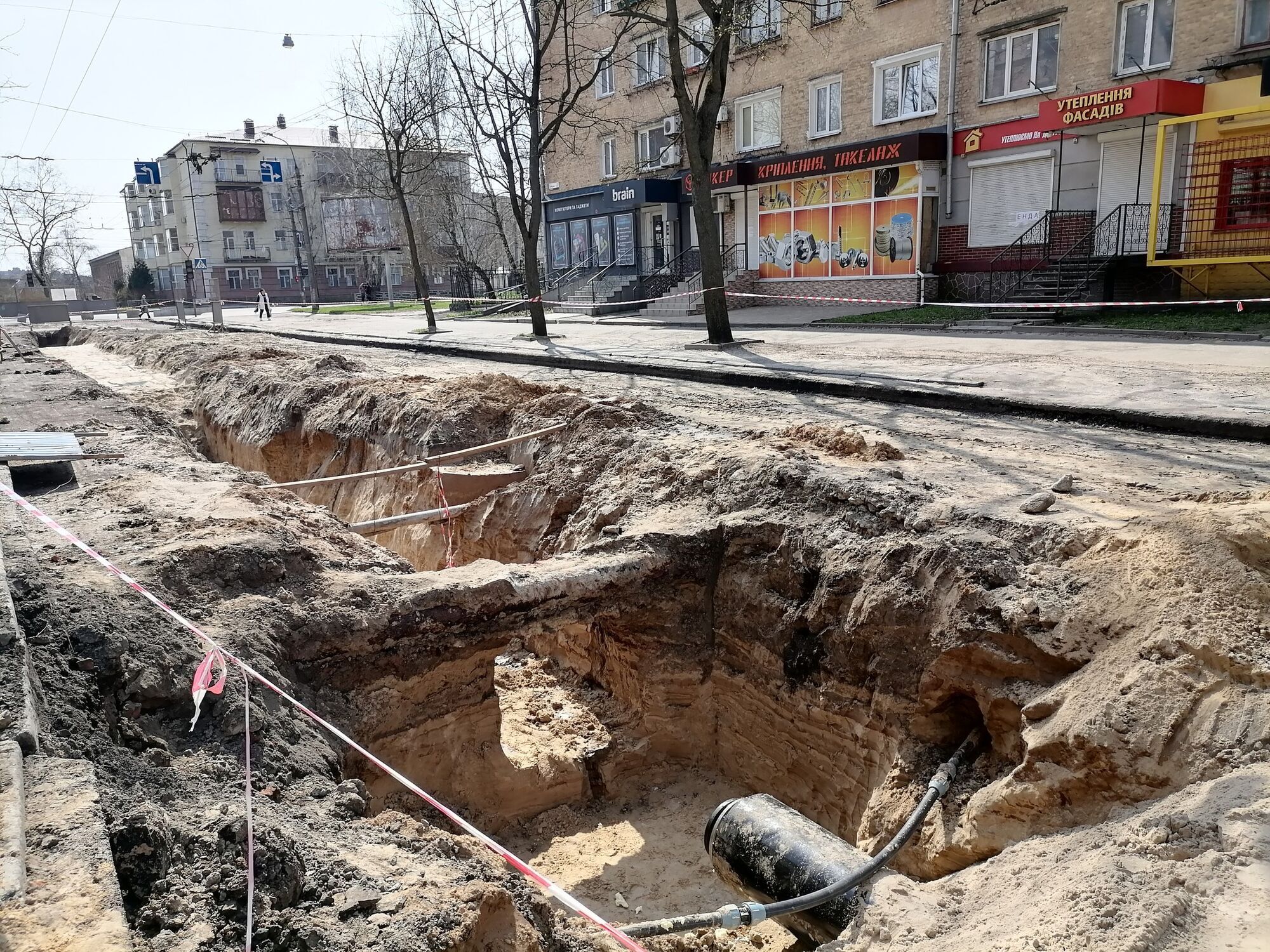
He noted that the historian of the 18th century still wrote about the existence of the "Far Wall" around the city. Opanas Shafonskyi. Ignatenko quoted his words: "Even outside all the suburbs, in the field is a special ancient rampart, in many places it has already been dug up. It begins near the Eletska monastery, in its garden; it goes through the field behind the city cemetery, to the north, through the Mogilev road, it goes behind the gardens across Moskovskaya road, past the Bishop's Garden, and ends in a meadow, at the Blue Bridge, standing on the Kordykovka River."
Ignatenko added that the suburb of ancient Chernihiv was surrounded by a real defensive moat. According to him, in ancient times, the soil level in this place was higher than today, and therefore the depth and width of the ditch were greater.
He informed me that to the south of the moat (toward the intersection of Lubetska St. and Hetman I. Mazepa St.) there was supposed to be a rampart built from the soil removed during the digging of the moat and a wooden fortress wall was supposed to stand on top of the rampart. "The assumption that the moat was built in the 12th century is confirmed by fragments of ceramic vessels found at the bottom of the moat, and its location - the moat passes through the territory of the burial mound of the 11th century so that some mounds were within the city limits, and others beyond it," - added the archaeologist.
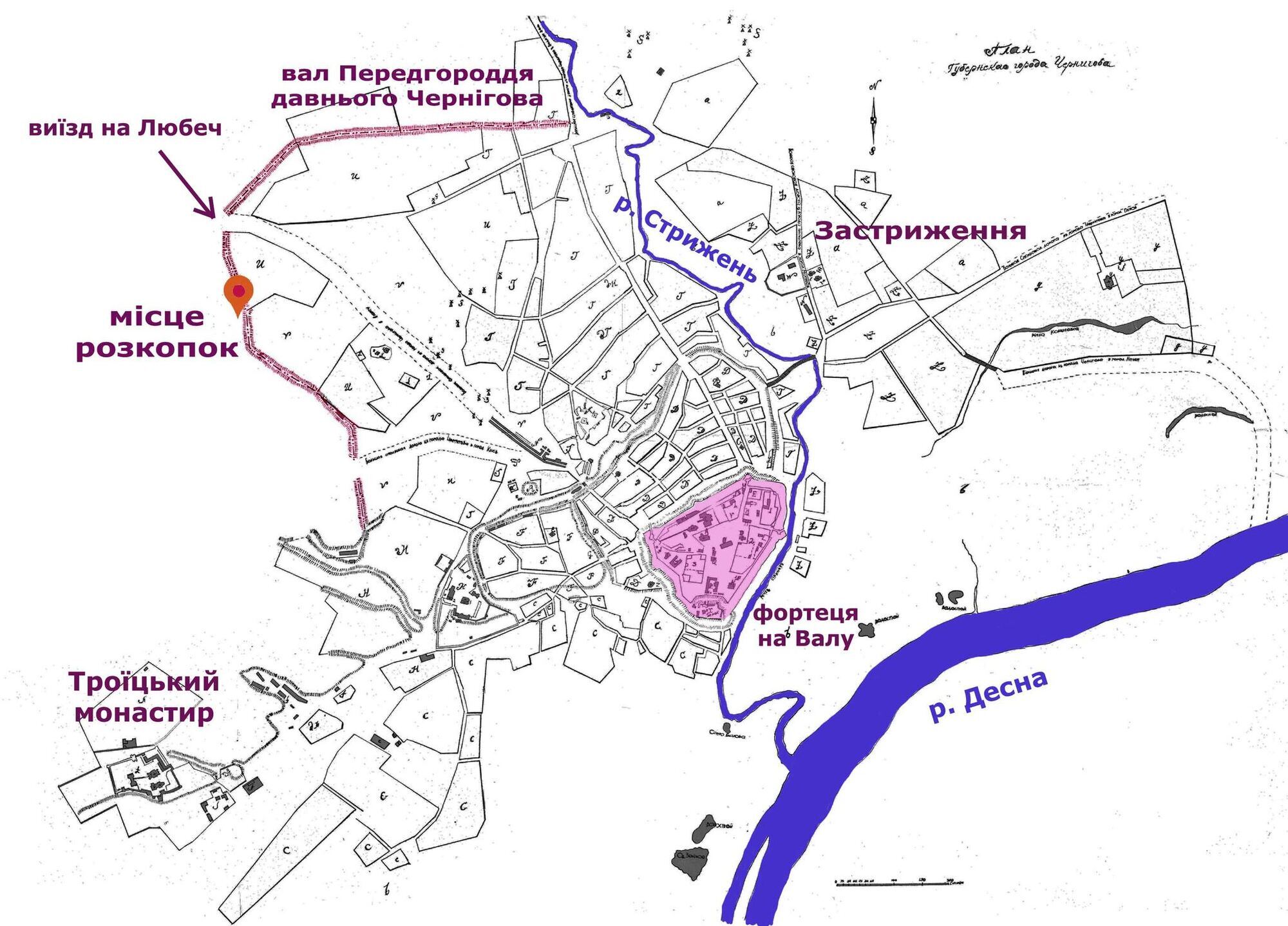
The researcher also noted that "the active management of the citizens of Chernihiv led to the fact that already in the second half of the 19th century, the shaft disappeared, and with it the knowledge of where it passed."
Ignatenko says that a part of the route of the ancient rampart was drawn on the map of the "Gubernsky City of Chernihiv", created in the 1780s.
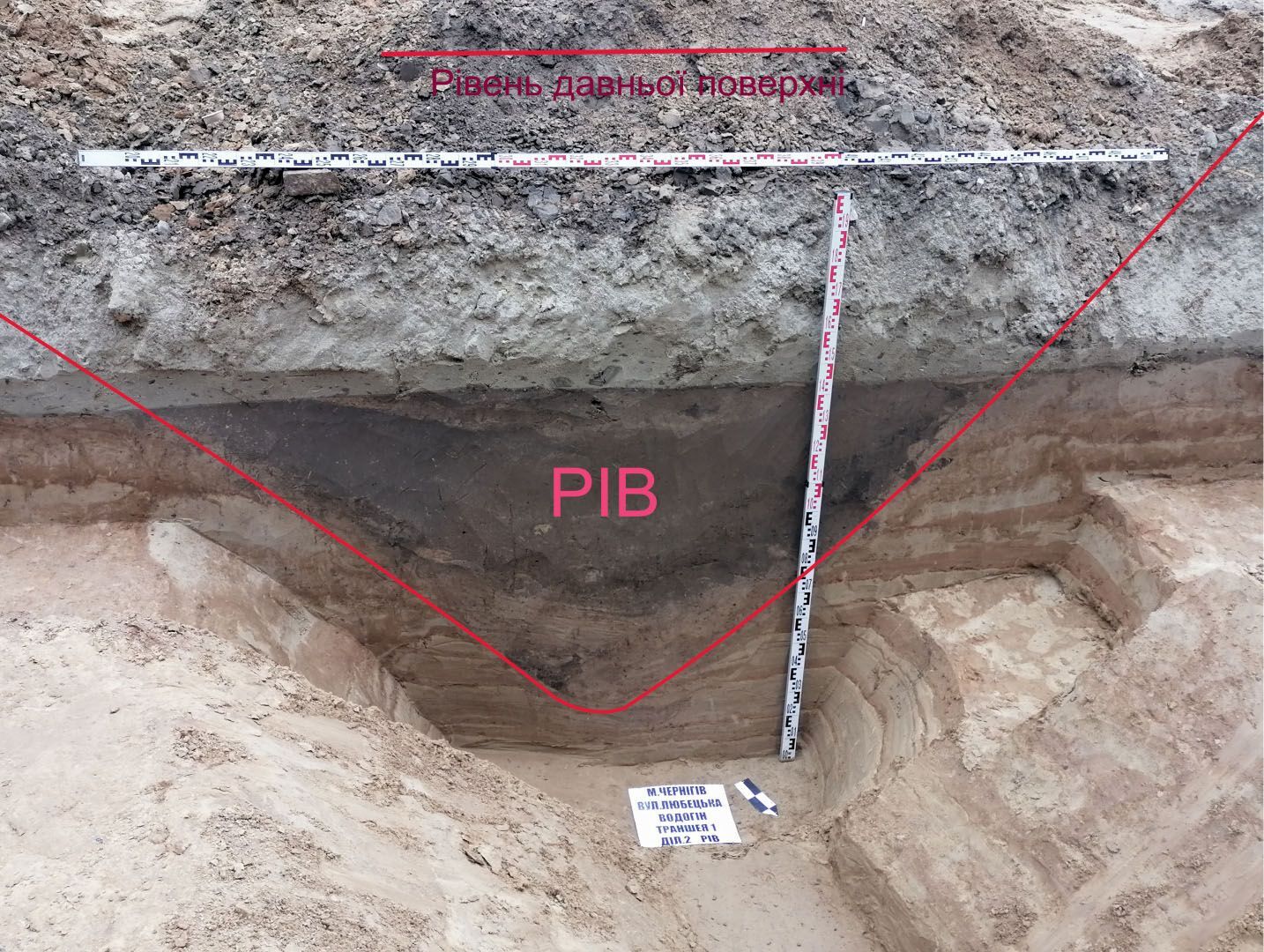
"Chernihiv archaeologists and historians have never found material remains of the long line of fortifications of ancient Chernihiv, did not imagine its exact location, constructive arrangement and time of creation. Until the moment of finding the moat, the author of this text assumed that it was possibly a distant rampart, and the moat from which they took the land for its construction, could be small, and symbolic. Perhaps it performed the same functions as the Pomerium - the sacred border of the ancient city of Rome," Ignatenko added.
He recalled the ancient legend that Romulus killed his brother Remus because he jumped over a brook plowed by Romulus, desecrating the sacred border of Rome.
Previously, archaeologists showed how Easter eggs looked like during the times of Kyivan Rus.
If you want to receive the latest news about the war and events in Ukraine, subscribe to our Telegram channel!
